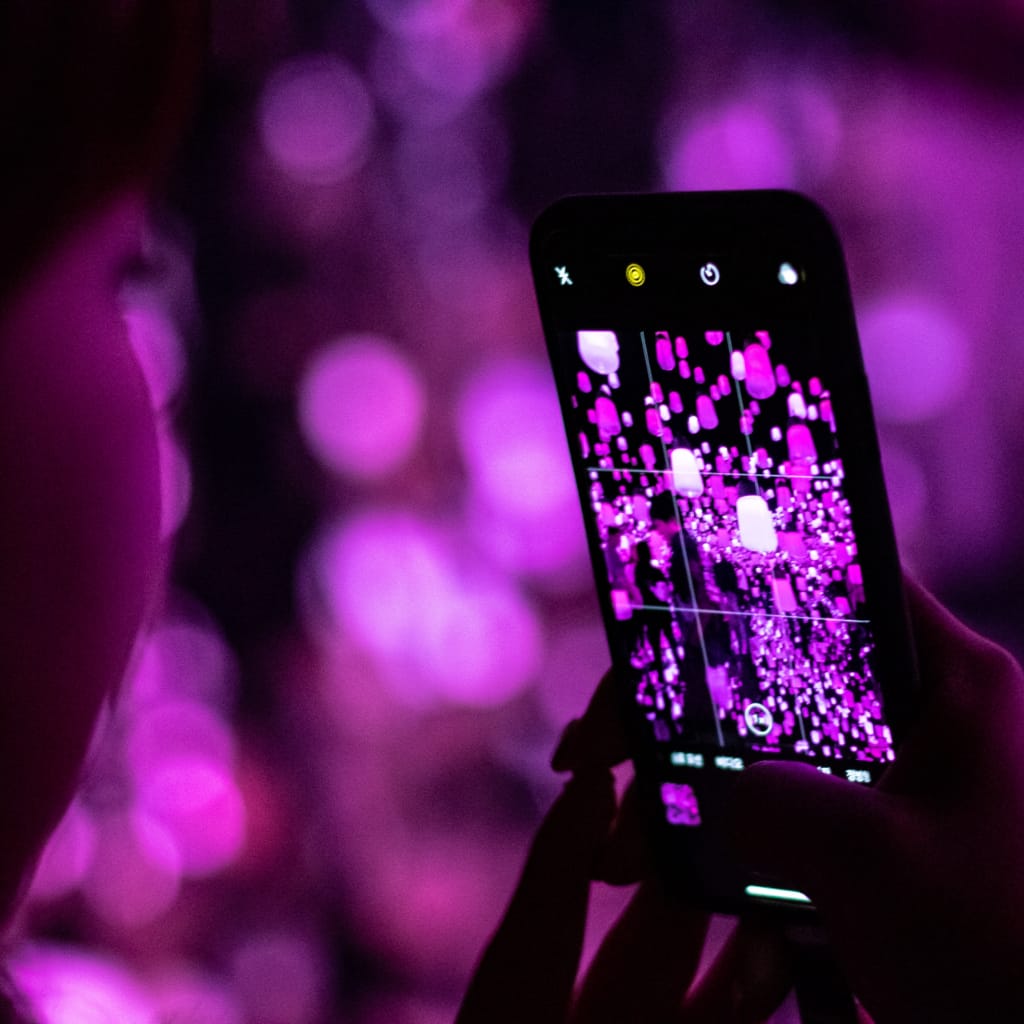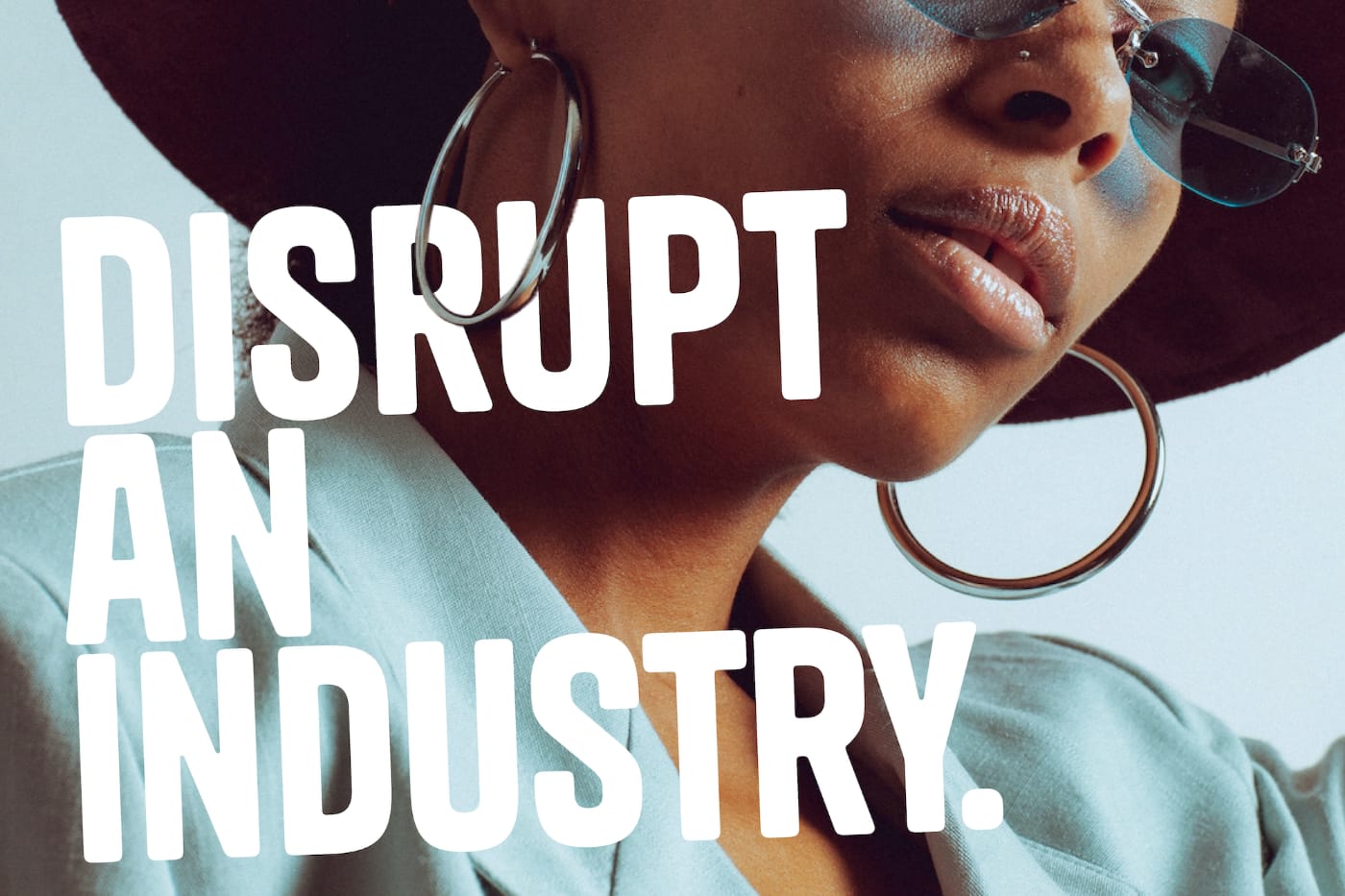
This article first appeared in Media Post from our Detroit studio.
It’s no longer enough for brands to just have a point of view on societal issues. Consumers want to see action from brands — and become active participants themselves in this change.
But if brands want to do something that really stands out, they need to ensure their activations both engage and inspire people. This is where experiential marketing comes into play.
Experiential marketing, when done right, can create lasting and memorable experiences for consumers, tapping into emotions and forging deep connections between the brand, its message, and its audience. But in a world saturated with brand messages, how can you cut through the noise?
Be unexpected. Consumers are inundated with messaging 24/7 – so even the most important, well-intentioned messages can have trouble breaking through. Content that is unexpected demands a consumer’s attention, and is also more likely to be shared.
At the end of last year, in honor of World Human Rights Day, two young schoolgirls who couldn’t read just three years ago took over leading Pakistani news channels to broadcast the news to 220 million people. By being totally unexpected, the campaign grabbed the attention of an entire nation, and simultaneously emphasized the importance of increased literacy and education for girls in a culture where women are often deprived of education.
Embrace the second screen. As a society, we’re all attached to our smartphones, and second-screening is now the norm. Rather than trying to compete with that behavior, experiential marketing offers a way to powerfully embrace it. Experiences designed to incorporate digital devices are more likely to be intuitively understood, and thus are more likely to lead to a higher level of success.
The Knock-Knock campaign from the Korean National Police Agency is a great example of this in action. Designed to combat the rise of domestic abuse in Korea, the campaign put the smartphone at the heart of the experience as a tool to help victims of domestic abuse silently reach out for help.
Be measurable. When looking to drive change, it’s important to understand what success ultimately looks like. Is it views and reach? Is it a specific action taken? Is it a specific milestone achieved? Driving a measurable outcome should not just be an afterthought of an experiential campaign to drive change. Instead, it should be a core feature.
Stella Artois did just that with its “Uncomfortable News” campaign. The company kept clear, measurable, and actionable outcomes at the heart of the campaign. “Uncomfortable News” succeeded by focusing on securing more bookings at women-led restaurants, increasing brand love for Stella Artois, and repositioning women in Brazilian restaurant society. The campaign definitely fulfilled that last goal, resulting in a woman being named Person of the Year in Gastronomy for the first time ever.
While experiential marketing won’t save the world, these examples demonstrate that it can be used as a stepping stone to raise awareness and drive change.


